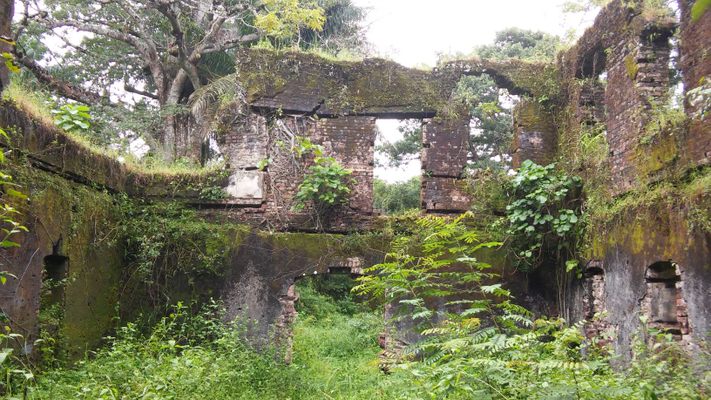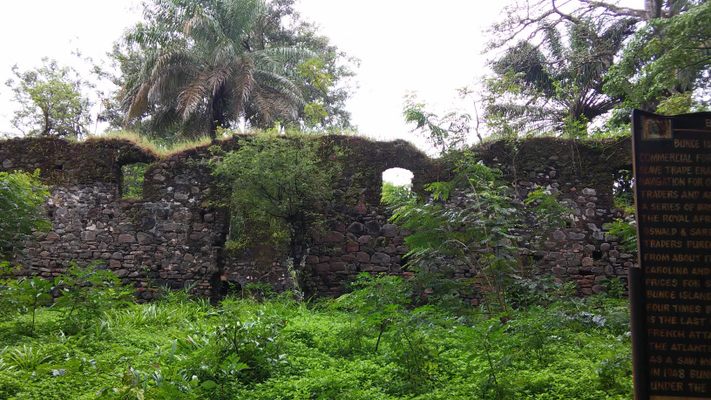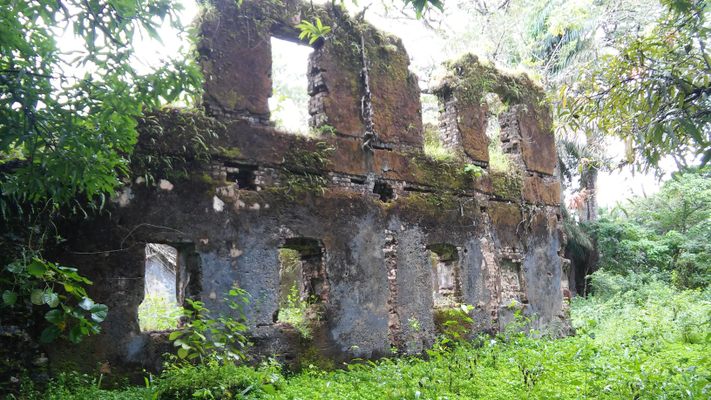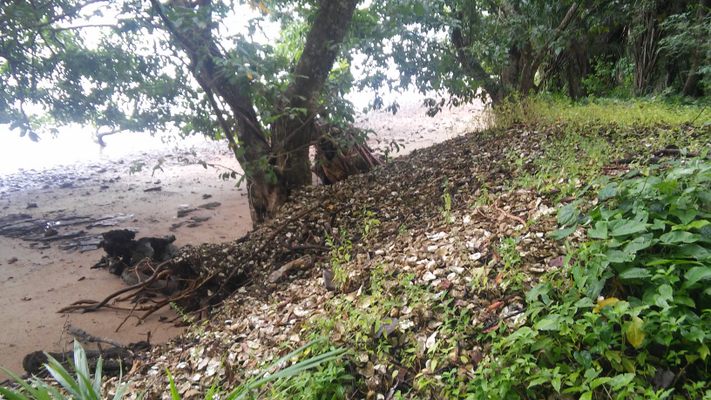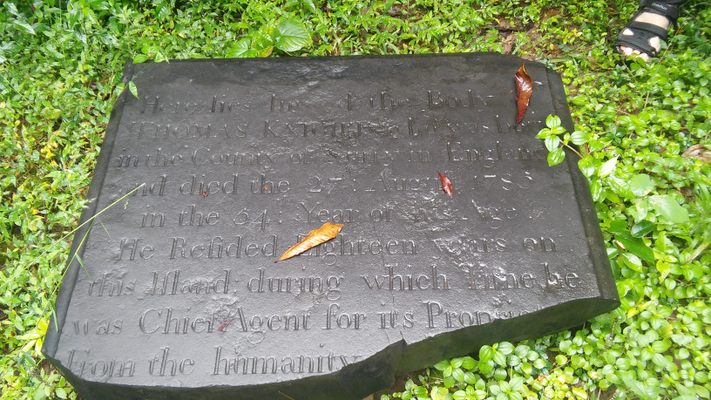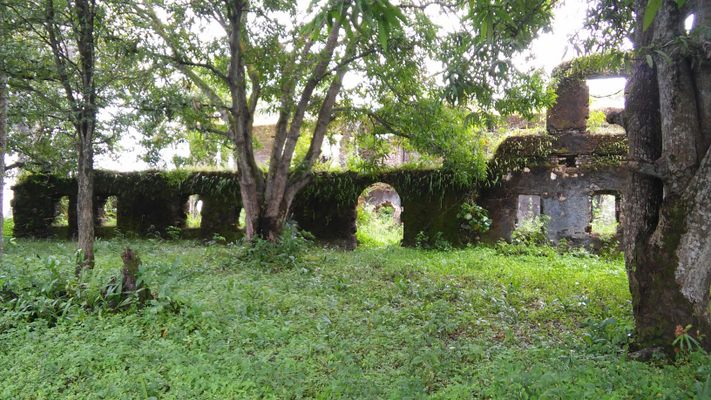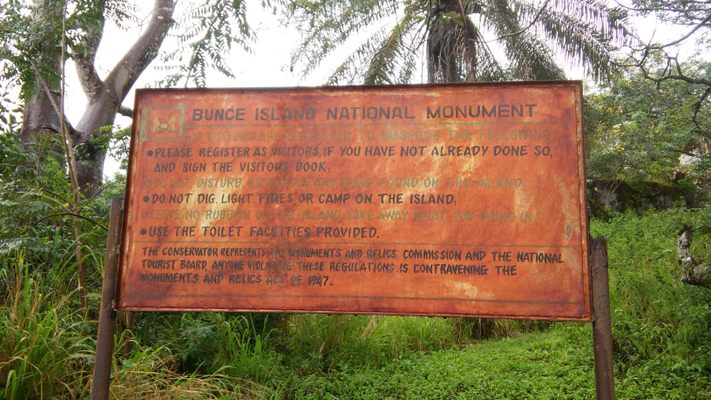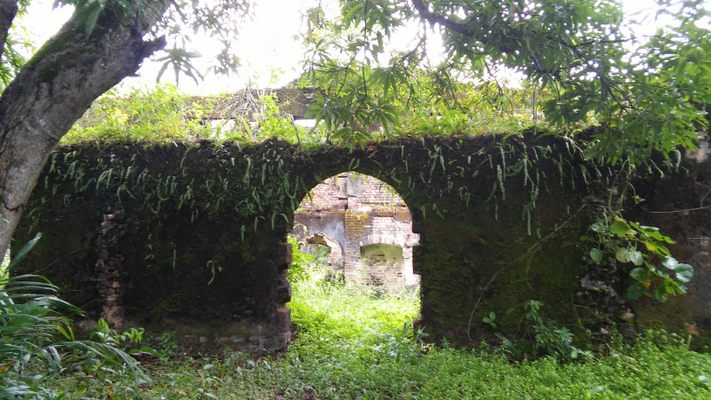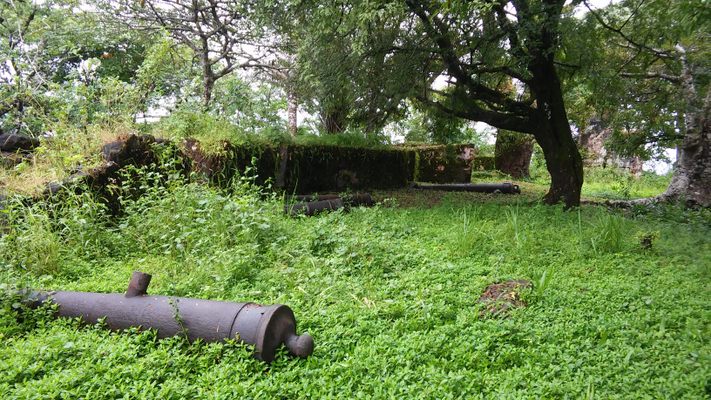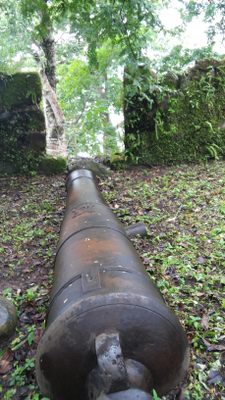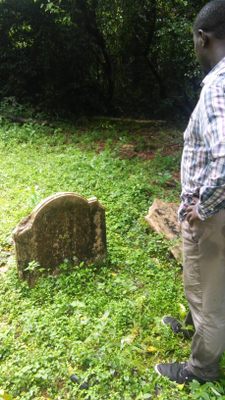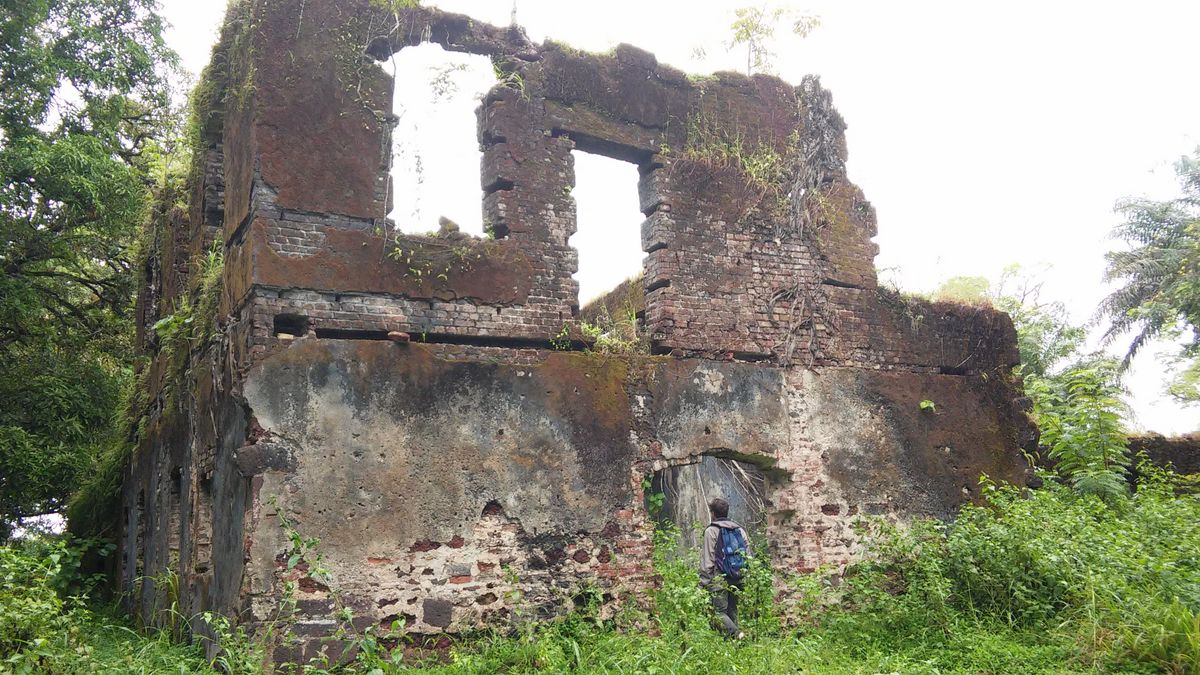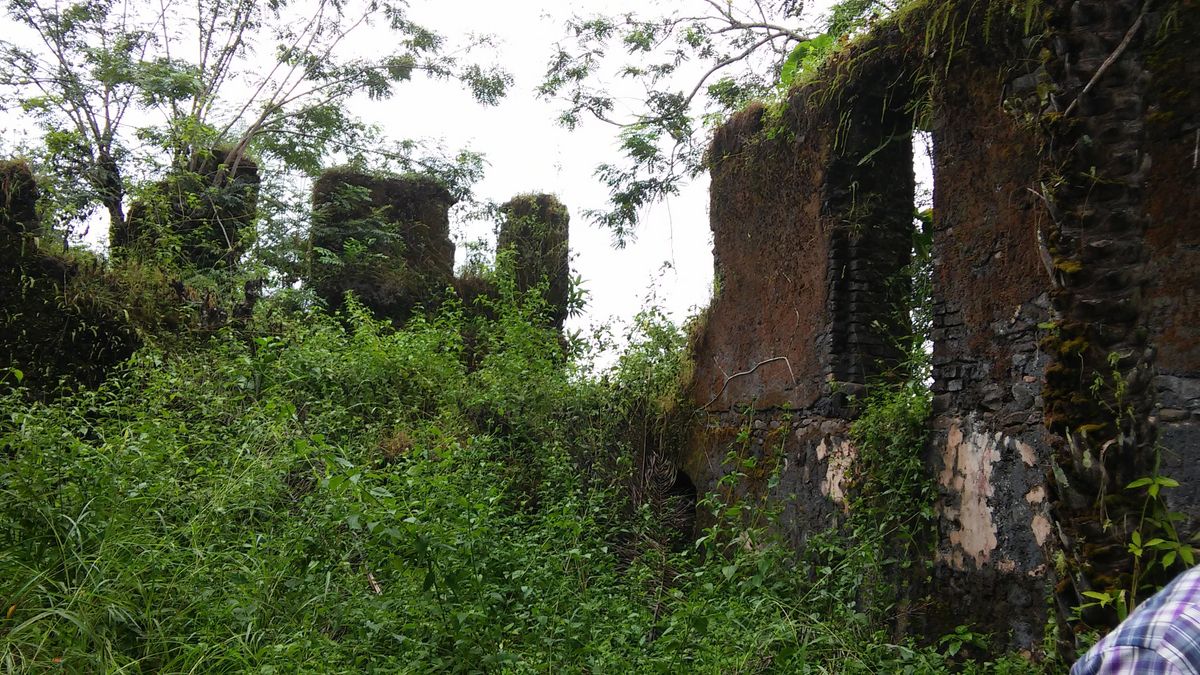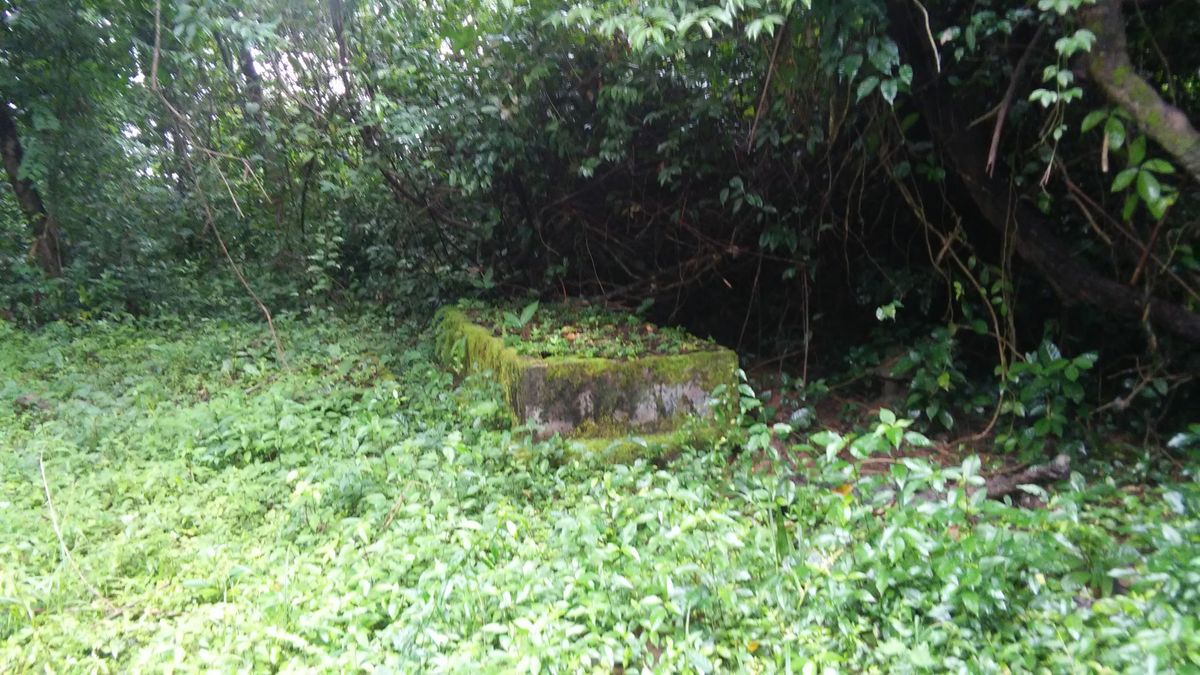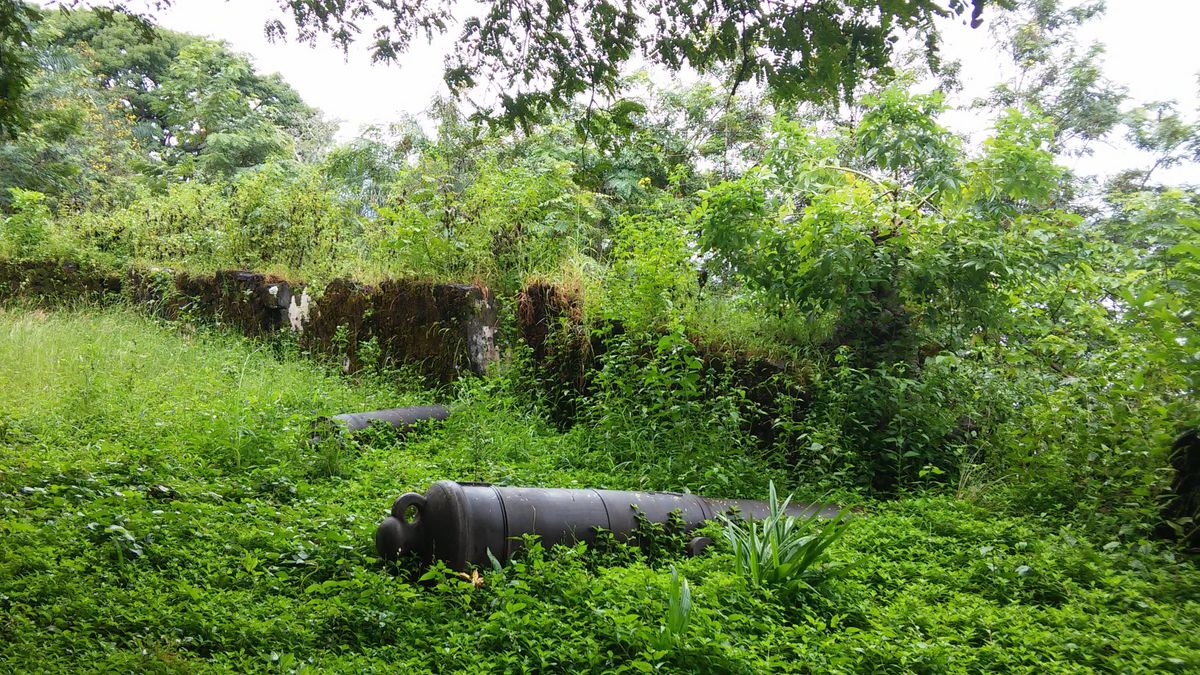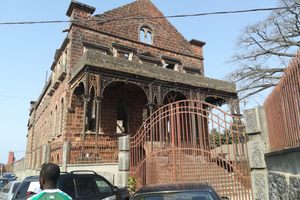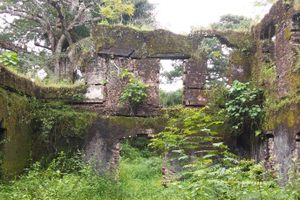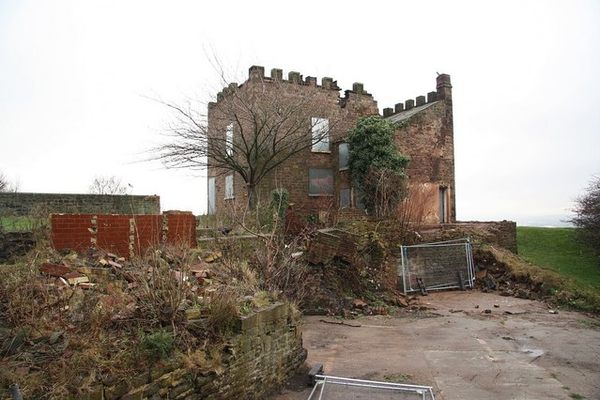About
Twenty miles up the Sierra Leone River from Freetown is Bunce Island, the site of a former British slave trading castle. The castle operated from 1670 and 1808 and sent around 50,000 enslaved humans from the African Rice Coast to the Americas. Most of the slaves who went through Bunce Island were sent to South Carolina and Georgia, where knowledge of rice cultivation was in high demand.
The island was also the site of an often forgotten battle during the American Revolutionary War when the (colonial-allied) French attacked and damaged the castle in 1779. The castle had been damaged or destroyed in a number of other previous attacks by the French and pirates (including one by Black Bart), but was rebuilt after each attack.
After the British outlawed the slave trade in 1807, the castle was used briefly as a trading post, a plantation, and a sawmill before it was abandoned around 1840. One hundred seventy years later, vegetation overgrowth clings to the deteriorating ruins of the castle (parts of which still include a second-story level) and its fortress. Other remains include the island's slave yards, watchtowers, prison, a factory house, dormitories, several 18th-century cannons, and a graveyard.
In 1948, the island was officially protected by Sierra Leone, but historical preservation efforts have been delayed by civil war and other issues. In 2008, the World Monuments Fund declared the island one of the world’s "100 Most Endangered Sites," but a recent joint U.S.-Sierra Leone five-year preservation effort looks hopeful and is in the process of preserving the site and erecting a museum on the island.
The island has been called "the most important historic site in Africa for the United States," and descendants of slaves increasingly make the pilgrimage to view the emotional and tragic site through which their enslaved ancestors were taken, held captive, and sold.
Nowadays, the island is abandoned and is an endangered site.
Related Tags
Published
February 14, 2011
Sources
- Visit Sierra Leone: Bunce Island: http://www.visitsierraleone.org/Attractions/Historical-and-Heritage-Sites/Bunce-Island.html
- Wikipedia: Bunce Island: http://en.wikipedia.org/wiki/Bunce_Island
- Afrikasgems Tour: http://imageevent.com/afrikasgems/tours/bunce
- BBC World Service: Bunce Island Slave Post: http://www.bbc.co.uk/worldservice/focusonafrica/news/story/2007/03/070323_bunce_island.shtml
- Yale University: http://www.yale.edu/glc/events/bunce.pdf
